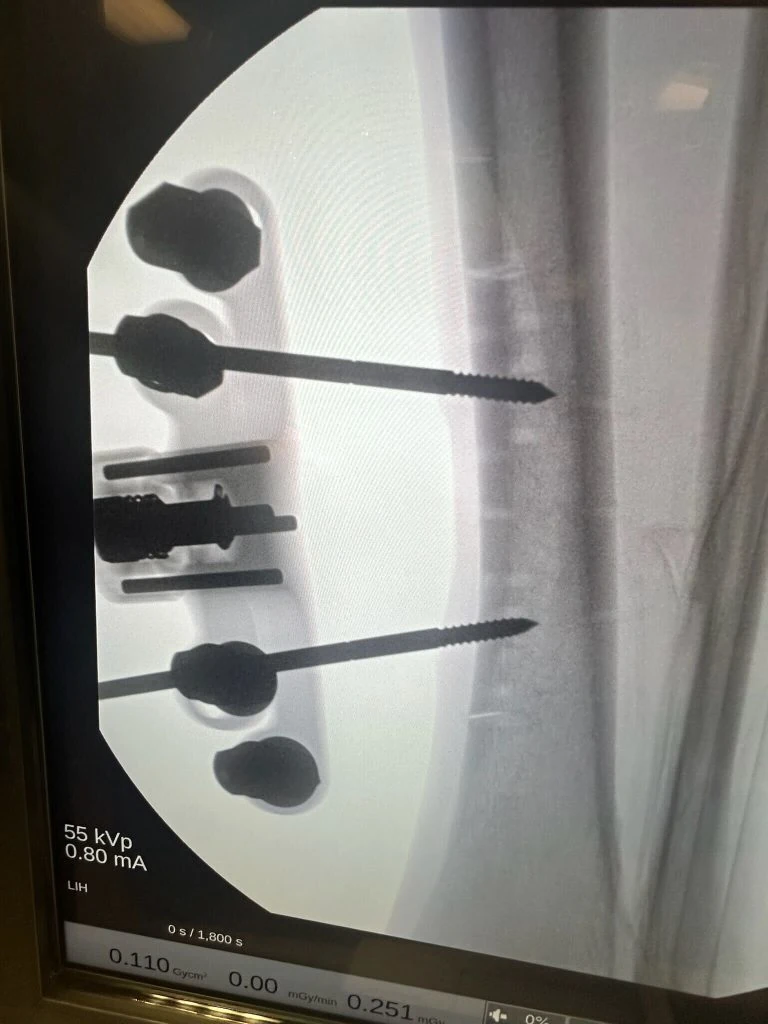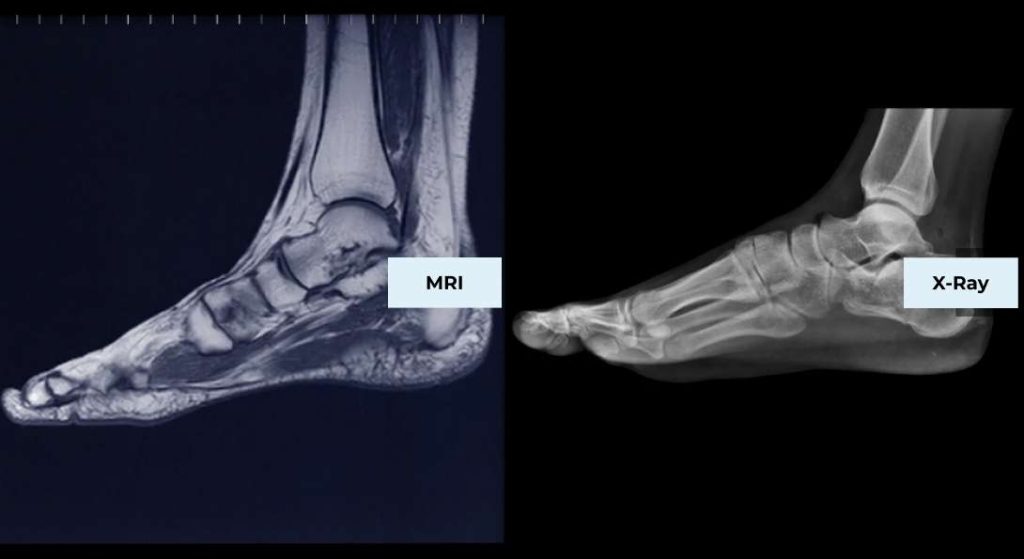Why Every Diabetic Needs Routine Foot Care
Living with diabetes requires consistent attention to various aspects of your health, including your feet. It might not seem like a top priority, but proper care can prevent amputations, and life long health complications.
How Diabetes Targets Your Feet
Diabetes can affect nerves and blood circulation in your feet. Blood vessels can become narrowed and hardened. And damaged nerves can result in the loss of sensation making it hard to feel pain and injuries.
Early detection and management are key. Regular foot check-ups and proper care can identify issues early on, preventing them from escalating into major problems.
People with diabetes should preform a comprehensive foot evaluation at least annually to identify risk factors for ulcers and amputations. And patients with evidence of sensory loss or prior ulceration or amputation should have their feet inspected at every visit.
Diabetes and Feet in Fresno, CA
How diabetes and foot health intersect with the Fresno population:
Prevalence: Fresno County struggles with high diabetes rates. As of 2021-2022, 10.8% of adults in Fresno have diabetes, exceeding both the state (10.7%) and national (11.5%) averages.
Disproportionate Impact: This burden falls disproportionately on minority communities and the elderly, populations often with limited access to healthcare or preventive resources.
Amputation Risk: With poorly managed diabetes, foot complications like amputations become a significant concern. In Fresno County, age-adjusted death rates due to diabetes are above the national average, highlighting the severity of the issue.
Preventative Measures
With diabetic foot care, consistency is key.
Using a combination of proper hygiene, foot inspections, proper footwear, and blood sugar management, you can lay the groundwork for healthy feet thought your life.
Hygiene
Wash your feet daily in warm, not hot, water with mild soap.
Dry thoroughly, especially between the toes, to prevent moisture buildup and fungal infections.
Moisturize dry skin, but avoid applying lotion between the toes.
Foot Inspections
Check your feet daily for cuts, blisters, redness, swelling, or changes in nail color or texture. Use a mirror if needed or ask for help.
Look for corns, calluses, or ingrown nails, which can lead to ulcers.
Report any concerns to your doctor immediately.
Footwear
Invest in well-fitting, supportive shoes made from breathable materials.
Avoid tight shoes, high heels, and open-toed footwear that leave your feet exposed.
Check your shoes for objects before putting them on.
Blood Sugar Management
Keeping your blood sugar levels within your target range helps improve circulation and nerve function in your feet.
Work with your doctor to develop a personalized management plan.
Common Types of Diabetic Foot Ulcers
Neuropathic ulcers: These are the most common type of diabetic foot ulcer, caused by nerve damage that reduces sensation in the feet. As a result, people with neuropathy may not notice cuts, injuries, or pressure points that can develop into ulcers.
Ischemic ulcers: These ulcers are caused by poor blood circulation to the feet, which can be due to peripheral artery disease (PAD). PAD narrows the arteries, reducing blood flow and oxygen to the feet, making them more susceptible to tissue death and ulcer formation.
Neuroischemic ulcers: These ulcers are a combination of both neuropathic and ischemic factors. People with diabetes often have both nerve damage and PAD, which increases their risk of developing these complex ulcers.
Perforating ulcers: These ulcers develop on the bottom of the foot and have a deep, punched-out appearance. They are often painful and can become infected easily.
Sources
- https://diabetesjournals.org/care/article/43/Supplement_1/S135/30443/11-Microvascular-Complications-and-Foot-Care
- Adults with Diabetes – Healthy Fresno County:(https://www.healthyfresnocountydata.org/indicators/index/view?indicatorId=81&localeId=247
- https://www.healthyfresnocountydata.org/indicators/index/view?indicatorId=100)
- Centers for Disease Control and Prevention: https://www.cdc.gov/diabetes/library/features/healthy-feet.html









